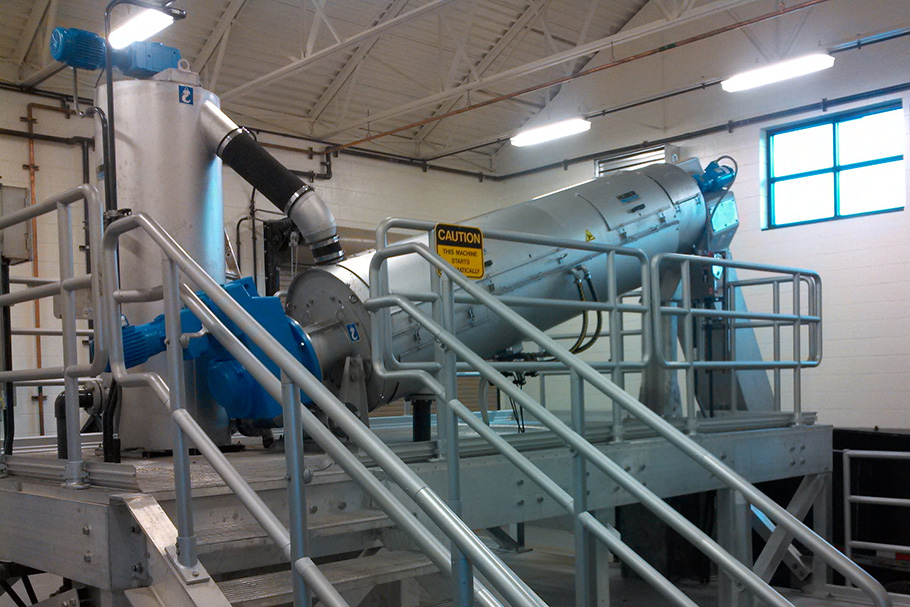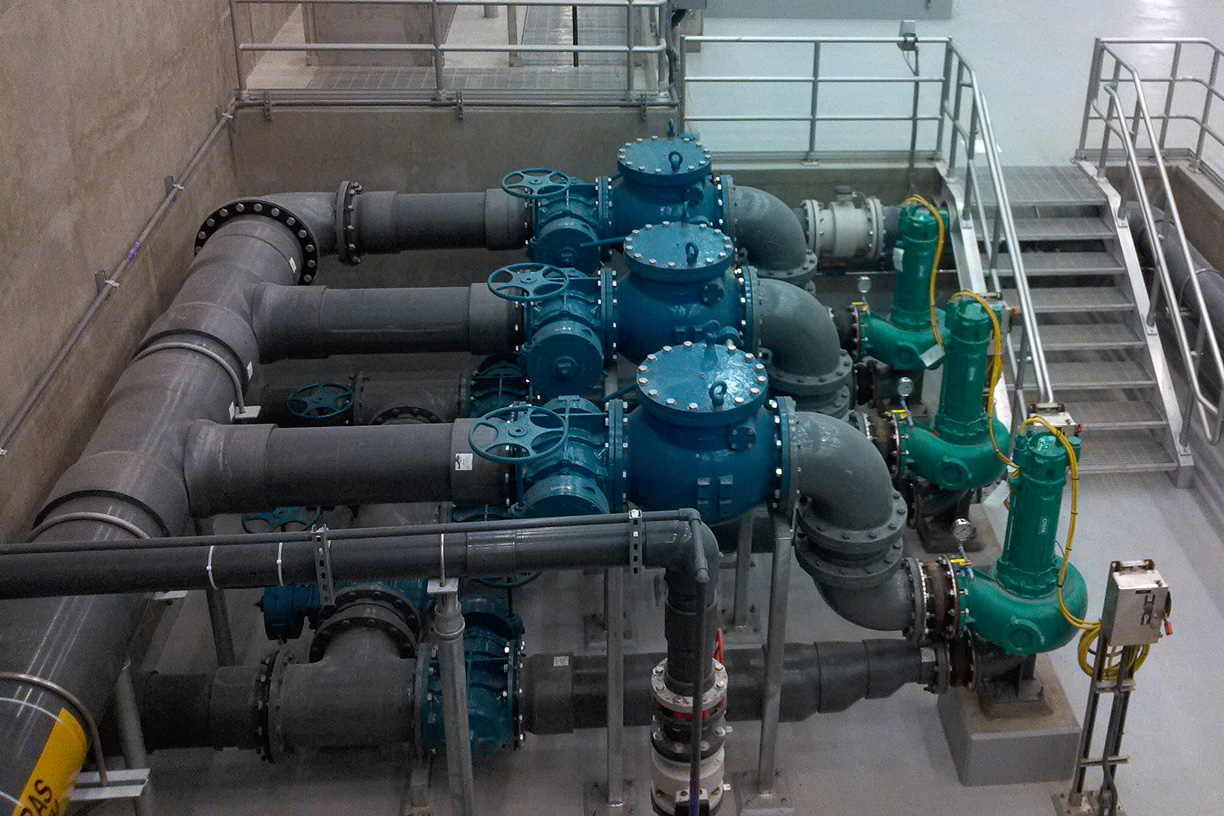
Building Santaquin
The Santaquin Water Reclamation Facility in Santaquin, Utah is the first of its kind in Utah that stores and reuses 100 percent of its treated water for a residential secondary irrigation system, with no discharge to nearby lakes. The use of reclaimed water for irrigation purposes allows the city to conserve higher quality groundwater for drinking, while establishing a model for sustainable water resource development in Utah and the Intermountain West.
The facility is capable of processing over one million gallons of water per day. The process begins in the headworks building, where wastewater is screened to remove coarse materials like trash or large grit. Next, wastewater is distributed into biological basins, a process where specific bacteria are grown to degrade contaminants. Following biological treatment, the effluent is separated from this bacteria using membrane filtration. The filtered water then flows to the UV disinfection system for further treatment, where disinfection occurs through the inactivation of waterborne pathogens. The final stage is the reclaimed water pump station, where disinfected effluent is pumped to existing large storage reservoirs near the lagoon site. From here, the Type I reclaimed water is pumped into the City’s pressure irrigation system.
The headworks building is fully odor controlled, with contaminated air exhausted to an adjacent biofilter for treatment. The biological basins and membrane filtration capacities were constructed with special features to allow for easy expansion as the City grows, including a third treatment train temporarily used for sludge storage and empty tanks with room for added membrane filtration modules. In the unlikely event that the reclaimed water does not meet Type I water quality criteria, a valve located between the UV disinfection system and the reclaimed water pump station automatically closes and diverts flow to an on-site temporary storage pond.
Reuse of 100% of treated water for irrigation
Model for sustainable water resource development
Installation of 7,200 feet of new trunk line
Processes over 1 million gallons of water per day

